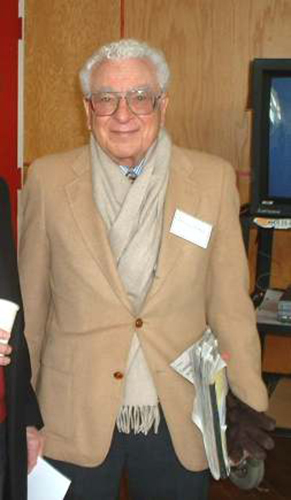| << Chapter < Page | Chapter >> Page > |
Solution for (a)
Before the decay, the has strangeness . After the decay, the total strangeness is –1 for the , plus 0 for the . Thus, total strangeness has gone from –2 to –1 or a change of +1. Baryon number for the is before the decay, and after the decay the has and the has so that the total baryon number remains +1. Charge is –1 before the decay, and the total charge after is also . Lepton numbers for all the particles are zero, and so lepton numbers are conserved.
Discussion for (a)
The decay is caused by the weak interaction, since strangeness changes, and it is consistent with the relatively long lifetime of the .
Solution for (b)
The decay is allowed if charge, baryon number, mass-energy, and lepton numbers are conserved. Strangeness can change due to the weak interaction. Charge is conserved as . Baryon number is conserved, since all particles have . Mass-energy is conserved in the sense that the has a greater mass than the products, so that the decay can be spontaneous. Lepton family numbers are conserved at 0 for the electron and tau family for all particles. The muon family number is before and after. Strangeness changes from +1 before to 0 + 0 after, for an allowed change of 1. The decay is allowed by all these measures.
Discussion for (b)
This decay is not only allowed by our reckoning, it is, in fact, the primary decay mode of the meson and is caused by the weak force, consistent with the long lifetime.
There are hundreds of particles, all hadrons, not listed in [link] , most of which have shorter lifetimes. The systematics of those particle lifetimes, their production probabilities, and decay products are completely consistent with the conservation laws noted for lepton families, baryon number, and strangeness, but they also imply other quantum numbers and conservation laws. There are a finite, and in fact relatively small, number of these conserved quantities, however, implying a finite set of substructures. Additionally, some of these short-lived particles resemble the excited states of other particles, implying an internal structure. All of this jigsaw puzzle can be tied together and explained relatively simply by the existence of fundamental substructures. Leptons seem to be fundamental structures. Hadrons seem to have a substructure called quarks. Quarks: Is That All There Is? explores the basics of the underlying quark building blocks.

When a π - decays, the products may include:
(b)
Notice in [link] that the neutron has a half-life of 882 seconds. This is only for a free neutron, not bound with other neutrons and protons in a nucleus. Given the other particles in the table, and using both their charge and masses, what do you think the most likely decay products for a neutron are? Justify your answer.

Notification Switch
Would you like to follow the 'College physics for ap® courses' conversation and receive update notifications?